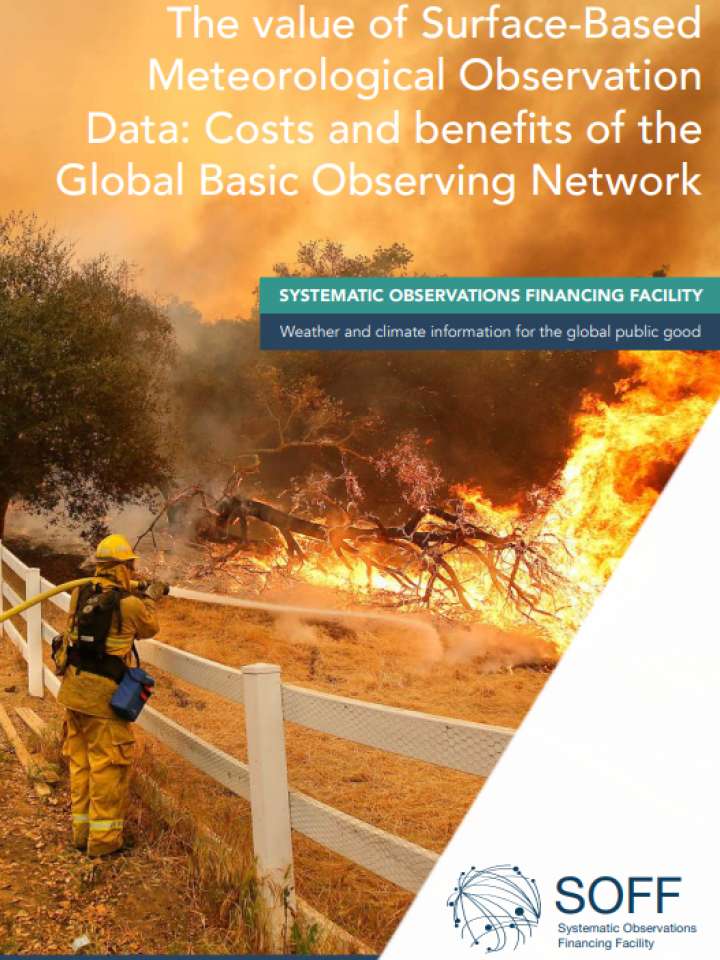The value of surface-based meteorological observation data: A new brief on the costs and benefits of the global basic observing network (GBON)
This new information brief explains how the world can benefit from improved surface-based observations and shows how targeted investments can yield the highest level of improvement in weather prediction and climate analysis.
Improved surface-based observations deliver economic, environmental, and social benefits. Alongside the provision of timely warnings about extreme weather events, investments in weather and climate services yield a strong positive cost-benefit ratio that will positively impact a wide range of sectors. However, these benefits will only be realised if systems are in place to translate them into useful information through improved forecasting.
Find here the key takeayways of the brief:
- Reliable weather forecast and climate prediction is vital for responding to the risks posed by climate change and extreme weather events. The forecasts upon which society depends would not be possible without the real-time, international exchange of observational data from all over the world. Local forecasting in any given location benefits from improved observations from all over the globe.
- The socio-economic benefits of weather prediction are estimated to amount to at least US$160 billion per year. Further improvements in forecasting and early warning systems could provide additional benefits of US$30 billion per year.
- The Global Basic Observing Network (GBON) will significantly improve the availability and exchange of surface-based observational data critical for climate prediction and weather forecasts.
- Improvements in the international exchange of observational data through GBON can deliver benefits of over $5 billion annually. The benefits to low- and middle-income countries are likely to be under-estimated as non-monetizable benefits are not considered for example, the potential lives saved.
- Investing in additional surface-based observations is highly economically efficient with an estimated global cost-benefit ratio of 1:26. This means for every dollar invested, at least twenty-six dollars in socio-economic return could be realized.
- The benefits of increasing surfaced-based observations through GBON will be felt most in regions that are most vulnerable to climate change and its impacts including Africa, South America, South-West Pacific and parts of Asia. However, given the global nature of weather and climate, benefits of GBON will be realized both in the countries where the improvements are made and across the globe.
Explore further
